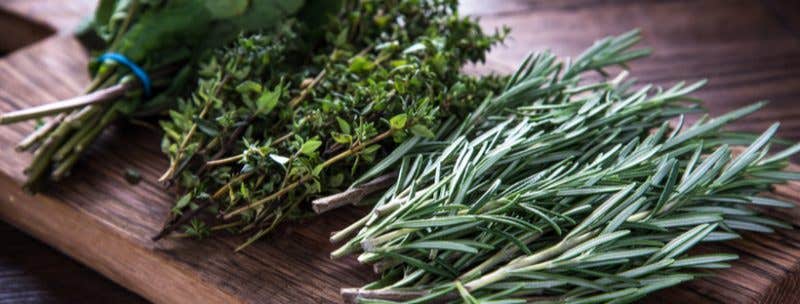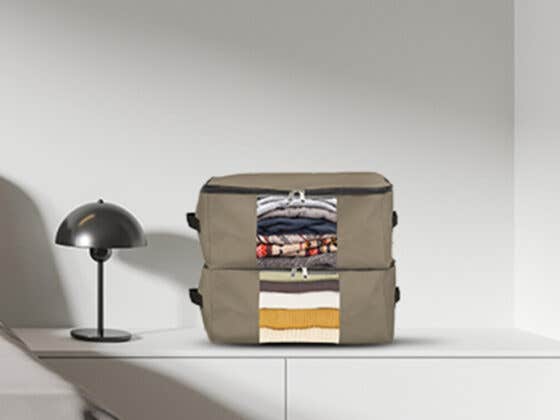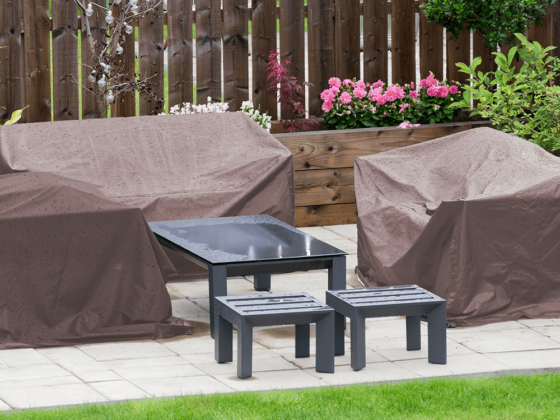Cooking is patience. Cooking is kindness. Cooking is putting love and care into the
culinary creations that your family craves. Any good cook knows how important it is to have fresh ingredients at
their disposal and herbs and spices are the make or break factor for the dishes in your cookbook. When seasoned
properly, dishes have the remarkable ability to take on a language of their very own and let their flavor do the
talking. Fresh, homegrown herbs and spices make recipes taste even more delicious and are essential to keep
around for giving flavor to soups, stews, salads, and pastas. While it may seem like a daunting task, growing
your own herbs and spices is easy, fun and can even save you money in the long run while giving you superior
flavor that will bring all of your broccoli
dishes to the next level. This helpful guide will take you through the basics of growing and preserving
beginner-friendly herbs as well as a few DIY mixes of seasonings you can easily put together.
Herb Easy
Fresh, homegrown herbs grown in a kitchen garden are as handy as they are aromatic and
flavorful. They’re the fresh-ready essentials needed for any home cooked delicacy and pack a much greater flavor
punch than their store-bought cousins. When it comes to choosing herbs for your home kitchen, it’s important
that you consider versatility and utility. Basil, oregano, thyme, rosemary, cilantro, mint, parsley, sage,
chives, and lemongrass are all easy to care for and grow well in a variety of climates.
- Edible landscaping is ideal for beginners looking to grow in limited space. Herbs
can be planted within garden beds, in containers on a windowsill, or even under a plant lamp in the
kitchen. - Use loamy soil. Loamy soil is a fairly dark, rich soil that can be formed into
balls in your hands while still easily crumpling, offering enough drainage for ideal moisture and nutrient
intake. - Partial sunlight gives an herb the best chance at success. Try to find an area
that provides exposure to sunshine followed by periods of shade to allow them time to rest. - Herbs are impartial to their growing container as long as it’s spacious enough to
allow expansion as they begin sprouting. Pots with light colors keep herbs that need to avoid heat cooler
than darker colored pots, while dark plastic pots are ideal for growing herbs that retain heat. Insulated tarps can also help plants retain
a heat conducive for the best possible outcome.
Preserving Herbs

The only downside of fresh herbs is the short shelf life that comes with growing them
yourself. This, however, can easily be remedied by the art of herbal preservation. Herbal preservation is a
series of processes that makes storing your homegrown goodness a breeze.
- Dehydrators allow you to dry multiple types of herbs with the power of arid heat.
Layered dehydrator trays are ideal for drying out the moisture in fresh herbs by using a low
heat. - Oven drying herbs is similar to the methods of dehydrators. However, be careful
of this method when looking to preserve basil or lemon balm. While ideal for the robust textures of chive,
sage, and oregano, oven drying can leave more delicate herbs brittle and lacking in their otherwise rich
flavor. - Sun drying is the oldest trick in the book when it comes to preserving herbs.
Place herbs on a parchment-lined baking sheet and place them in a sunny spot near a window. - Refrigeration drying requires dedicated shelf space in a fridge with a layer of
cheesecloth lining for the herbs, which provides a climate controlled environment that is conducive for
dehydration.
Mix & Match
Your herbs open a whole world of flavor possibilities on their own. But what happens
when you mix and match herbs? The result is an explosion of flavor that’s 100% unique and 100% delicious. In
just five minutes, you can have seasonings that take your culinary skills to the next level. From a traditional
Italian Blend to a Loco Taco seasoning that packs a punch, the combinations are endless. Here are two ways you
can spice up your life with homemade seasoning mixes.
- Italian herbs tend to complement each other when mixed together. Combine 2
tablespoons of dried oregano, dried basil, and dried thyme with 1 teaspoon of crushed dry sage and crushed
dry rosemary. This blend is excellent for pasta dishes, pizza, or even everyday scrambled eggs that you can
enjoy in the comfort of your backyard, thanks to your fence privacy
screen. - Homemade taco season brings a zesty flair to anything south of the border. Mix 2
tablespoons of chili powder or cayenne pepper if you like it hot with 2 tablespoons of ground cumin, 1
tablespoon of sweet paprika, 1 tablespoon of dried oregano, 1 tablespoon of garlic powder, 1 tablespoon of
onion powder, and 1/2 teaspoon of black pepper.

















Recent Comments